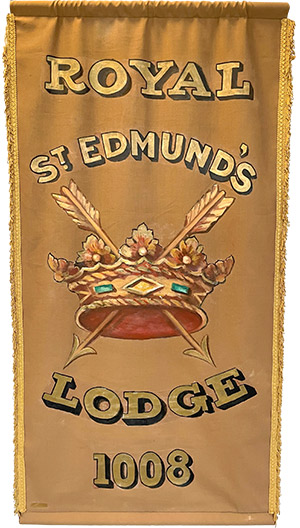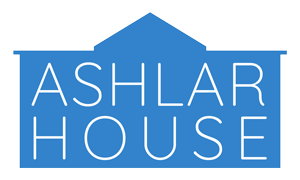Royal St Edmunds Lodge No. 1008
Date of Warrant, 9th March, 1864. Consecrated, 9th March, 1864.
Contact details: e: L1008@suffolkfreemason.org.uk

In 1864, eight upstanding Freemasons’ successfully petitioned the Grand Master to form a Lodge in Bury St. Edmunds. To the Most Worshipful Grand Master of the United Fraternity of Ancient, Free and Accepted Masons of England.
We the undersigned, being regular registered Masons of the Lodges mentioned against our respective names having the prosperity of the craft at heart and are anxious to exert our best endeavours to promote and diffuse the genuine principles of the art, and for the convenience of our respective dwellings and other good reasons, we are desirous of forming a new Lodge to be named The Royal St Edmunds. In consequence of this desire, we pray for a warrant of Constitution empowering us to meet as a regular Lodge at Bury St Edmunds at the One Bell Hotel on the fourth Monday of every month and there to discharge the forms of the order and the laws of Grand Lodge.
The petition was successful and the Royal St. Edmund’s Lodge met as a Warranted Lodge on Thursday, 22nd September, 1864. Although there is no record of a formal Consecration Meeting the first meeting took place on 21st April, 1864, at the Bell Hotel on the Cornhill.
The Founder’s professions were a wine merchant, banker, inn keeper, commercial traveller, young Oxford undergraduate, builder, mercer, and a head waiter. The by-laws stated that the proposer of a candidate had to deposit four guineas, which would be returned to him on a successful conclusion, or if the candidate was rejected, but be forfeited if the candidate did not show up. Within ten years the membership had grown to over one hundred, leading, in 1875, to the formation of a second Lodge in the town, Abbey Lodge No.1592.
Royal St Edmund’s Lodge met at the Angel Hotel, and Abbey Lodge at the Suffolk Hotel, until in 1890, the two Lodges combined their fortunes and moved to the former Six Bells premises in Chequer Square, where they remained until moving to Ashlar House in 2012.
As with all Lodges, membership fluctuated over time, falling to 42 in 1902 before rising to over 120 in 1923, falling again to 84 in 1942, raising to 120 once more in 1964, before declining to today’s level of under 50. In the early days it was not unusual to conduct two ceremonies on the same evening, to call-off, dine, and then call-on again.
The standard of the work in the second ceremony is called into question, given the quantity of alcohol consumed at the Festive Board; in the eighteenth century it was included in the by-laws that the Master shall treat the Brethren to wine, and for the Wardens, one bottle each. On fifteen occasions they worked all three degrees in the meeting, and on 12th March, 1873, there were four candidates in each of the degrees to initiate, pass and raise. 12 candidates in one evening! The cost of membership in 1830 was £4.18s., which was then a considerable sum, relating to approximately £440 today, which restricted Freemasonry in the town to gentlemen and the professional classes. Since that time membership has been drawn from every walk of life and represented every profession and occupation. At one time the Lodge held a St. John’s Day outing each year in June, but this was discontinued before the Second World War. Ladies’ Nights have been held since the 1880’s.
They were once very grand and formal occasions, held in the Atheneum, but increasingly became prohibitively expensive in that venue and are now held at a venue of the Master’s choosing. On two occasions the Lodge faced a considerable challenge. In 1926 Grand Lodge decided to move against the extended Installation working which formed part of the Emulation ritual. In 1951 Grand Lodge resolved to forbid all music in Lodge that could be deemed of a sectarian character. The Lodge was totally opposed to these proposed restrictions and in both cases the proposals were abandoned.
The Installation ceremony practised in the Lodge, although not unique, sets out the identity of the Lodge. With the ever increasing cost of maintaining an historic Grade II listed building, the possibility of relocating to a new home had been discussed for several years. In 2011, The Hall Company’s attention was drawn to an office and warehouse complex on the Eastern side of Bury St Edmunds in a light industrial area, but adjacent to a small housing complex, which came with its own private road and good parking for users. The new Masonic Centre and its main Temple was dedicated at a ceremony led by the Right Worshipful Provincial Grand Master on 6th September, 2014, where Bury St Edmunds Masons were pleased to show their achievements to the wider Masonic fraternity. This building is not only called Ashlar House for the widely appreciated Masonic name alone. It fits the very essence of what the rough and perfect ashlars mean within the development of an originally imperfect building
